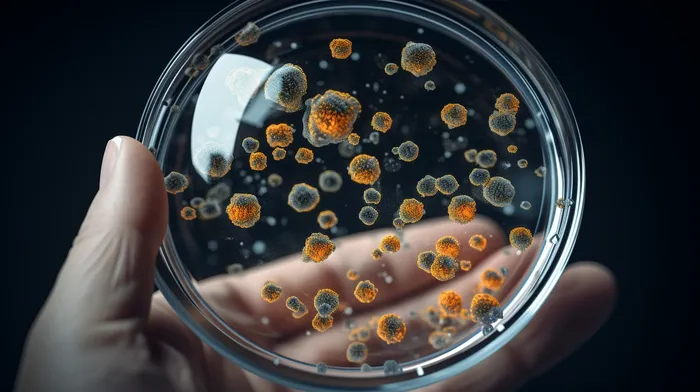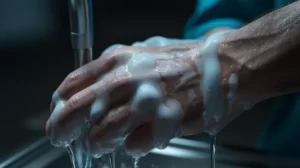Did you know that only five percent of us wash our hands long enough to kill infectious microorganisms after using the bathroom? It’s almost unbelievable, but it’s true. Researchers at Michigan State University have found that 33 percent don’t even use soap, and 10 percent avoid washing their hands altogether.
Men, in particular, were reported to be more negligent about handwashing. This is an alarming finding considering that handwashing is the single most effective thing you can do to reduce the spread of infectious diseases, according to the Centers for Disease Control and Prevention (CDC). In fact, poor handwashing contributes to nearly 50 percent of all foodborne illness outbreaks.
The Importance of Handwashing
Not spending a few extra seconds washing your hands can make a huge difference not just for your health, but for the health of those around you. Throughout the day, we touch countless surfaces (such as doorknobs, railings, and keyboards), which are potential hotbeds for disease-causing germs.
If we’re not diligent about handwashing, we run the risk of transferring those germs to our face, our loved ones, or our food. Besides causing common illnesses like cold and flu, unwashed hands can also lead to more severe infections, including norovirus and E. coli.
How Long Should You Wash Your Hands?
To effectively reduce the risk of contaminating yourself and others, the CDC recommends washing your hands for 15 to 20 seconds with soap and water. The research at Michigan State showed that, on average, people are washing their hands for just about six seconds.
A handy trick to know if you have washed long enough is to sing the “Happy Birthday” song twice. If you are lazy and think it’s not worth it, you are making a potentially life-saving mistake.
The Study’s Observations
The study found some interesting variations in handwashing behavior:
- Fifteen percent of men never washed their hands, compared to only seven percent of women who didn’t bother to wash.
- When they did wash, only 50 percent of men used soap, while around 75 percent of women lathered up.
- People were less likely to wash their hands when sinks were dirty.
- Handwashing was more common earlier in the day. The researchers hypothesize that individuals might be intoxicated later at night, leading to reduced instances of handwashing.
How to Properly Wash Your Hands
Knowing how to wash your hands correctly can go a long way in protecting yourself from germs and illnesses. Follow these steps for effective handwashing:
- Wet your hands with clean running water (warm or cold) and apply soap.
- Lather your hands by rubbing them together with the soap. Make sure to cover the back of your hands, between your fingers, and under your nails.
- Scrub your hands for at least 20 seconds (remember the “Happy Birthday” trick).
- Rinse your hands well under clean running water.
- Dry your hands using a clean towel or air dry them.
What If There’s No Soap?
While soap and water are the gold standard for handwashing, there are other alternatives if these are not available. Hand sanitizers with at least 60 percent alcohol can be a quick and convenient option. Just remember that sanitizers can significantly reduce the number of microbes but might not remove all types of germs.
A quick splash of water alone won’t be very effective in getting rid of germs. So, if soap isn’t available, using an alcohol-based sanitizer is best.
The Bottom Line
Good hand hygiene is essential for maintaining good health and preventing the spread of infectious diseases. Ensure you’re washing your hands for at least 20 seconds and using soap and water whenever possible. In doing so, you’re not just protecting yourself but also contributing to a healthier community.



